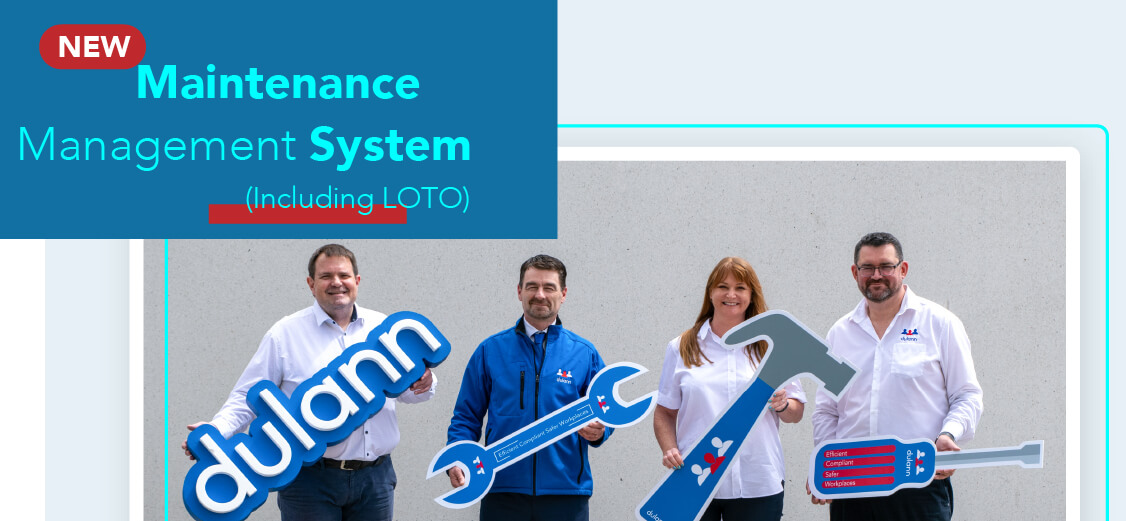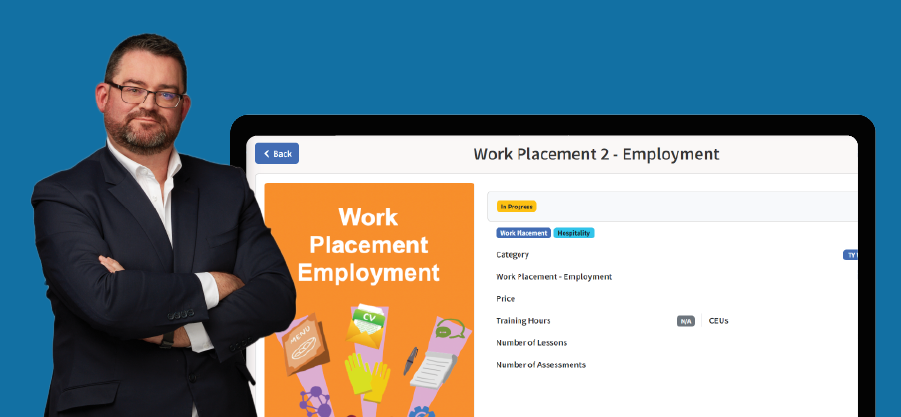If you don’t service your car, it will slowly lose performance over time until it eventually grinds to a halt! If you don’t look after your body, it too will slowly grind to a halt over time. Unfortunately, a point in time comes when both will stop unexpectedly! Both scenarios are costly and in certain cases detrimental! It always amuses me, therefore, when some organisations do not put enough emphasis on planned preventative maintenance in order to reduce machine downtime and increase profitability. The reality is that lots of small and medium organisations don’t properly track and trace all the costs associated with machine downtime. If they did, they would be horrified at what a poor preventative maintenance schedule is actually costing the organisation.
Unplanned machine downtime is the number one most costly event in any business, simply because the other main costly events such as a Significant Safety Incident or Environmental Breach, are both largely covered by Insurance. Leaving aside reputational damage of course which can often severely damage or close a business. We all remember when the World’s number one carbonated water practically disappeared overnight. We are here to impact some wisdom on machine downtime and planned preventative maintenance so let’s not digress.
100% of Organisations Experience Unplanned Downtime
Let's be clear here, unplanned downtime is a problem that affects all companies regardless of size, industry, activity or geography. I have yet to find a single organisation that has never experienced unplanned downtime. If you agree with that fact, 100% of organisations should be focused on what that downtime costs, and also on how to put plans in place to minimise that downtime. It’s just like building Lego as a child. The good news is that you are not alone. If all organisations face the challenge, then there are some pretty nifty ideas on how to establish solutions. Now is not the time to reinvent the wheel.
“Run to Failure Maintenance” is NOT a Strategy! It’s Placing your Profitability in the Hands of Hope
Lots and lots of organisations run with this so-called “strategy”. It is where maintenance is only performed when equipment has failed. It absolutely works if you are running a maintenance department, and your sole focus is trying to minimise maintenance costs. Happy Days! If however, you are trying to maximise profitability at a company level, it simply is not usually a long-term sustainable solution. It does of course work in some limited circumstances but I hate it as a strategy, as run to failure is largely unpredictable. Trust me, just when you need that machine most, is exactly the same time that it will pack in, which ends up having a significant impact on deadlines, customer satisfaction and much more. Of course, when it stops, it stops. So now you find yourself in a situation of trying to find maintenance people and parts in the here and now. Very often this leads to the company paying top dollar for services and parts that they could have gotten much cheaper if they weren't in that situation. Typically run to failure means a greater period of downtime which also has an additional knock-on effect. Every business should know the cost of this and weigh one strategy up against the other. If the cost of replacement outweighs the cost of maintenance then running to failure makes far more sense, but if you haven’t run those figures, you are really living on a strategy of hope.
Predictive and Preventative Maintenance Boosts Profitability
A simple analogy is that if you regularly service your car, it burns less fuel, oil and tyres, which in turn saves you money. Now most consumers don’t understand exactly what that saving is as it happens over time, and are therefore only focused on the cost of the garage service. This is understandable as it's human nature, but we are in business and need to think differently. As businesses, we can not fall into the same trap. Each business needs to dedicate the time and effort to running the figures and then decide. If you service your car when required, it will stay going for longer and be more efficient. It’s not rocket science to extrapolate that for our machinery. Essentially it will mean boosting uptime, maintaining your production line as efficient as possible and in return increasing profitability, customer satisfaction etc.
Other Real Impacts of an Inefficient Maintenance Programme
I touched on the fact that an inefficient maintenance programme can be very disruptive to operations, negatively impact customer satisfaction, and can often be far more costly. If that isn’t enough, here are some of the visible and less visible hangovers from a poor maintenance programme that you should be considering when costing how much 1 hour of lost production time costs the business. This should be done for every machine that is critical to your operations. Some of these costs are not easy to establish, and very often they need multi-department input which can also be difficult. The reality however is, that if businesses are not trying to calculate the cost of one hour of machine downtime, how can they accurately establish a proactive maintenance programme.
- Labour Costs: Hourly rate of pay for each employee on the machine.
- Supervisory Costs: Calculate a percentage hourly share of the supervisory (and any support worker) costs.
- Overhead Costs: Calculate a percentage hourly share of the factory overheads.
- Profitability Costs: Calculate the profitability of a single unit of product produced on the machine in an hour, multiplied by how many you would not produce in an hour.
- Recovery Costs: Calculate any additional costs that may be incurred trying to recover the lost production such as replacement parts, overtime perhaps, cost of energy surges to speed up processes, outside contractors etc.
- Lost Opportunity Costs; How much profit could the company have made if they had made and sold the same number of units in the hour.
- Wastage Costs: Calculate any product or materials that have to be scrapped each time you have an unplanned shutdown.
- Contractual / Legal Costs; Calculate any liquidated damages or costs associated with missing deadlines on contracts.
- Reputational Costs: Calculate any costs associated with clients cancelling orders, not placing new orders etc.
As I said earlier, very often running the true figures leads to a reality check.
Now that we have established the true cost of machine downtime, then it is incumbent on us to reduce the frequency and severity of that downtime. The dulann Maintenance Management System allows factories to do many things including:
- Report faults in real time meaning that faults get reported quicker, machines are repaired quicker, and uptime is maximised along with profitability. Happy Days!
- Manage your entire LOTO process to ensure that any interventions are carried out as safely and as cost-effectively as possible.
- Manage preventative maintenance schedules to ensure that machine uptime is kept to the maximum.
- Provide intelligence reporting on machine downtime to assist in establishing true costs.
- Integrate with basic inventory so that the planned usage of parts can be managed by the procurement team to ensure the lowest possible purchase price with minimum disruption.
- Get rid of paperwork forms and processes and transform them digitally.
Final Tip. If your business is serious about a maintenance programme then try to establish a Key Performance Indicator around “Wrench Time” i.e. what is the amount of time that your maintenance team spend actually fixing a machine? Trying to do this with pen and paper, excel sheets and filing cabinets is why most small and medium organisations don’t bother. Trust me this exercise alone will save you the cost of an Online Maintenance Management System. The Wrench Time Rate will vary greatly depending on a number of factors, so don’t expect to have 100% Wrench Time. However, this exercise allows you to get the maximum benefit from your maintenance spend.
Interested in learning more, Book a Demo with us today!
Damian Donlon
CEO





